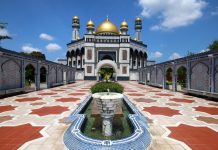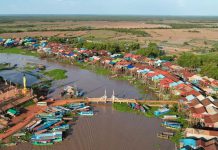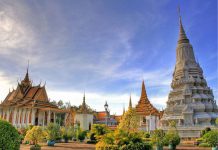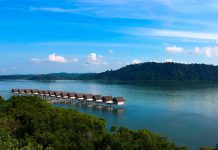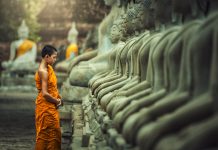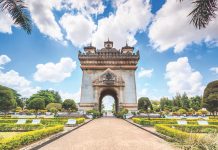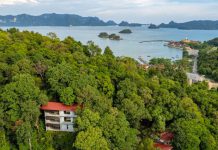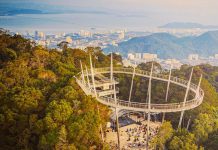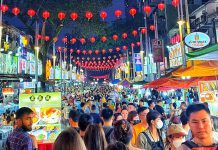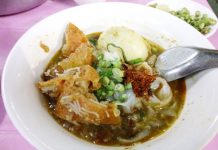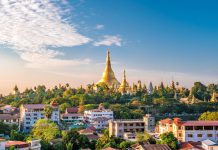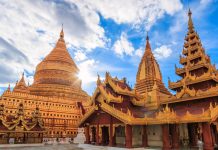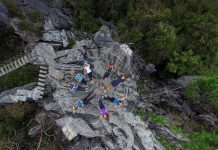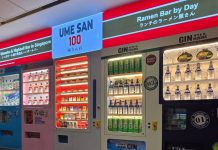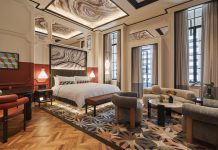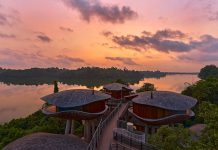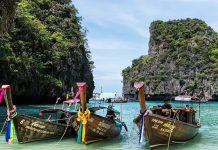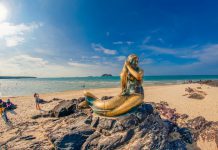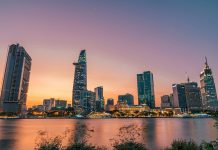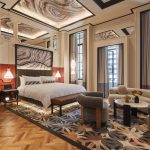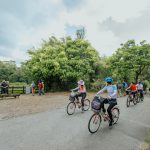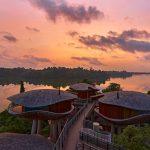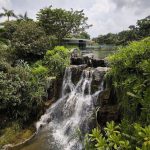Calling all culture, history and heritage lovers! Learn about Singapore’s journey – from 14th century trading hub and colonial port to independent nation and global city – on the Jubilee Walk Trail.
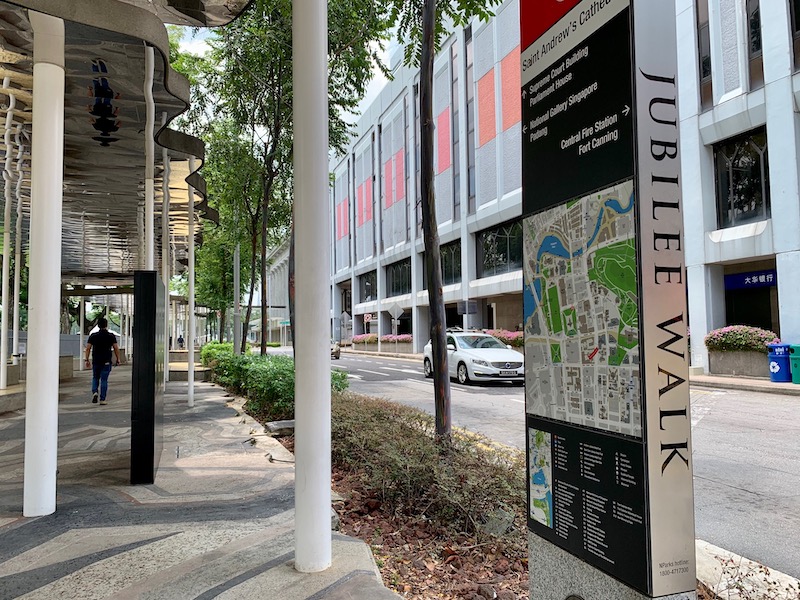
Created in 2015 to mark Singapore’s Golden Jubilee, the 8km Trail features historic and iconic locations that connect the past, present and future elements of the Singapore story.
Discover interesting aspects of Singapore’s history and culture through these 7 sites on the Trail:
• Armenian Apostolic Church Of St. Gregory The Illuminator
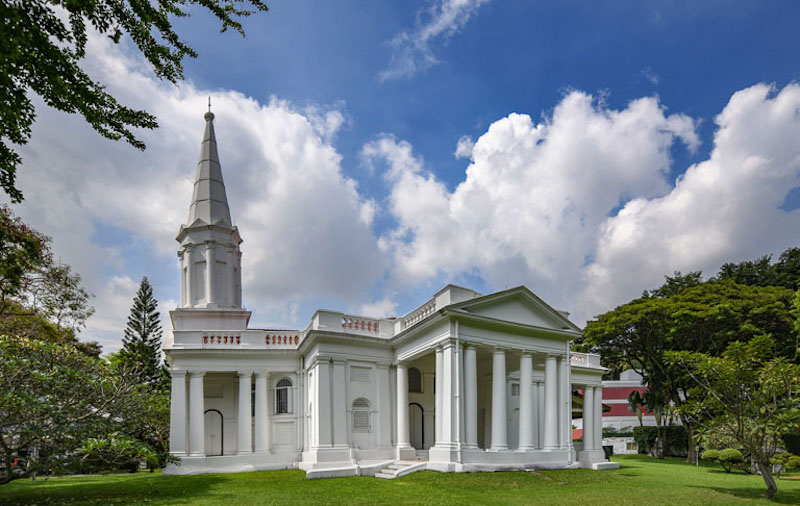
Built in 1835 and dedicated to St. Gregory the Illuminator, the first head of the Armenian Apostolic Church, the Church tells of the influence of the Armenian community who came to Singapore to trade in the early 19th century.
A 19th century architectural masterpiece, the Church’s design combines the symmetry of Palladian architecture with the practical details of Eastern architecture such as louvres and wide verandahs. Check out the tall spire on its roof, the Roman Doric columns and pilasters that hold up the porticoes. Inside, admire the vaulted ceiling and cupola, which are based on traditional Armenian Church architecture.
Its Memorial Garden has tombstones (not actual graves) of prominent Armenians such as Agnes Joaquim who cultivated the Vanda Miss Joaquim orchid (Singapore’s national flower) in 1893 and Catchick Moses who co-founded English newspaper The Straits Times.
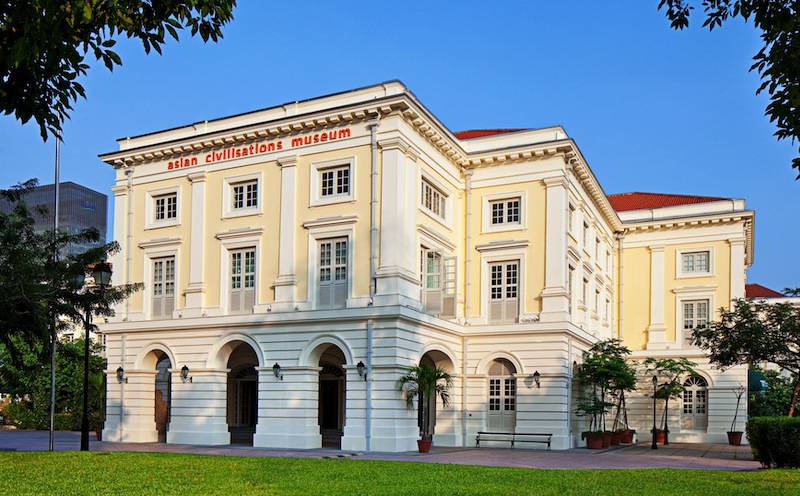
Completed in 1867, the building by the Singapore River was originally built as a courthouse. Subsequently, the building was used by public agencies such as the Colonial Secretariat and Legislative Council and became known as the Government Offices. The adjacent square was named Empress Place in 1907 in honour of Britain’s Queen Victoria who also held the “Empress of India” title.
The building was converted into the Empress Place Museum in 1989 and became the home of the Asian Civilisations Museum in 2003.
The Museum is the only one in the region dedicated to exploring Asia’s artistic heritage, particularly the ancestral cultures of Singaporeans. Its collections grew out of the 19th century Raffles Museum and spotlights the long historical connections between the cultures of Asia, and between Asia and the world. Objects on display tell interesting stories of the trade and exchange of ideas that were the result of international commerce, as well as the flow of religions and faith throughout Asia.
• Central Fire Station & Civil Defence Heritage Gallery
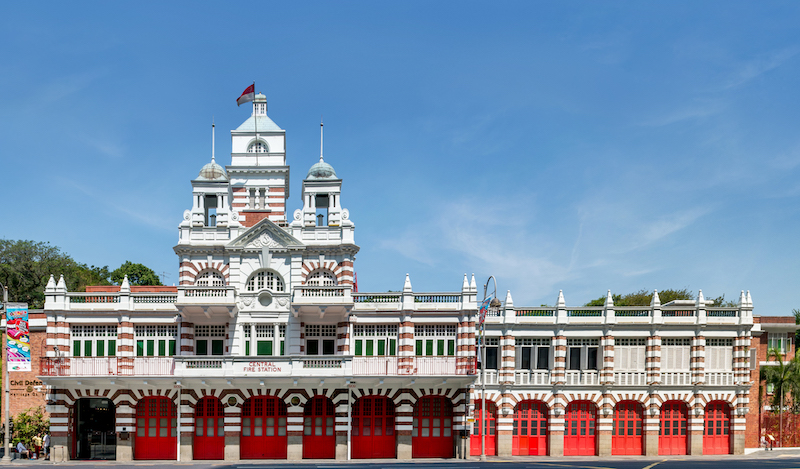
Opened in 1909, the construction of the Central Fire Station marked the modernisation of the Singapore Fire Brigade between 1905 and 1912 under Superintendent Captain Montague Pett. The station’s striking “Blood and Bandage” façade of red bricks and white plaster was covered in camouflage paint during the Second World War to hide it from Japanese bombers. Even so, it sustained several direct hits.
Also known as Hill Street Fire Station, it played a key role in battling some of the major fires that plagued post-war Singapore, including the 1972 fire that destroyed Robinson’s Department Store at Raffles Place. Today, Singapore’s oldest surviving fire station continues to serve as part of the Singapore Civil Defence Force.
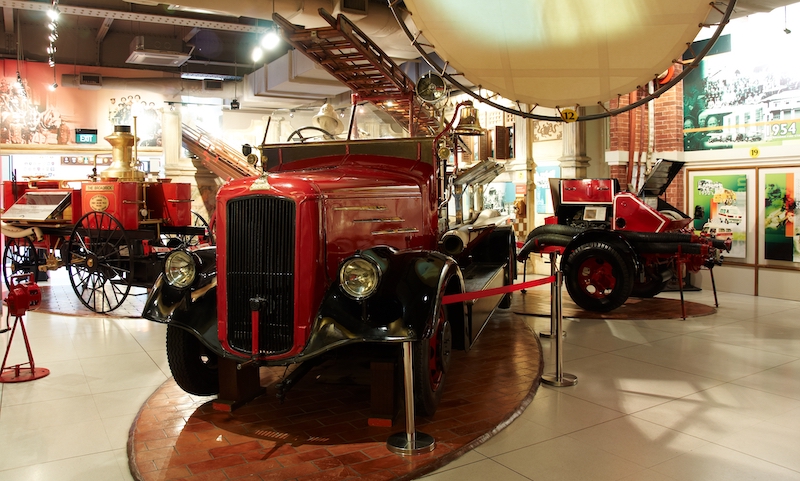
It also houses the Civil Defence Heritage Gallery which showcases Singapore’s fire-fighting and civil defence developments from the late 1800s till the present day. The Gallery has customised interactive stations for a close-up experience of what firefighters and rescuers undergo in an operation.
• National Museum of Singapore
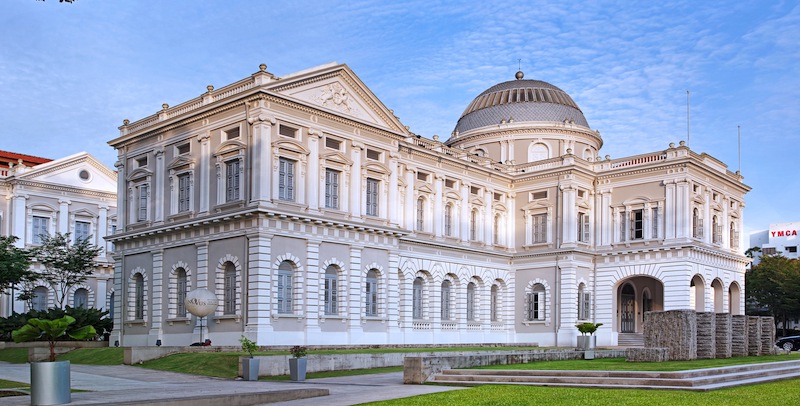
Learn about Singapore’s history and culture in a fun and engaging way at the country’s oldest museum.
Originally home to the Raffles Library and Museum, the neo-classical style museum building was erected by the British in 1887. The Museum was renamed the National Museum in 1959, a year after Singapore attained self-government, to reflect the country’s role in charting the collective memories of the nation and presenting the Singapore story.
To commemorate Singapore’s Golden Jubilee in 2015, the Museum unveiled a new gallery that highlights the country’s post-independence achievements and milestones.

The visual arts institution occupies two national monuments – the former City Hall and Supreme Court – that have been beautifully restored.
Completed in 1929, City Hall was where Japanese forces formally surrended to the Allied Forces in 1945, while the Supreme Court, which opened in 1939, was where war crime trials on the Double Tenth incident were held in 1946.
From the steps of City Hall, founding Prime Minister Lee Kuan Yew addressed the nation at a mass rally on 3 June 1959 to celebrate the attainment of self government. Singapore’s first Cabinet was sworn in at the City Hall Chamber in 1959 and Prime Minister Lee issued the Proclamation of Singapore from his office in City Hall on 9 August 1965 when Singapore separated from Malaysia to become an independent country.
Today, the Gallery oversees the world’s largest public collection of Singapore and Southeast Asian modern art, showcasing over 8,000 works from Singapore’s National Collection including paintings, sculptures, prints, photographs and videos, as well as pieces from institutions and private collectors around the world.
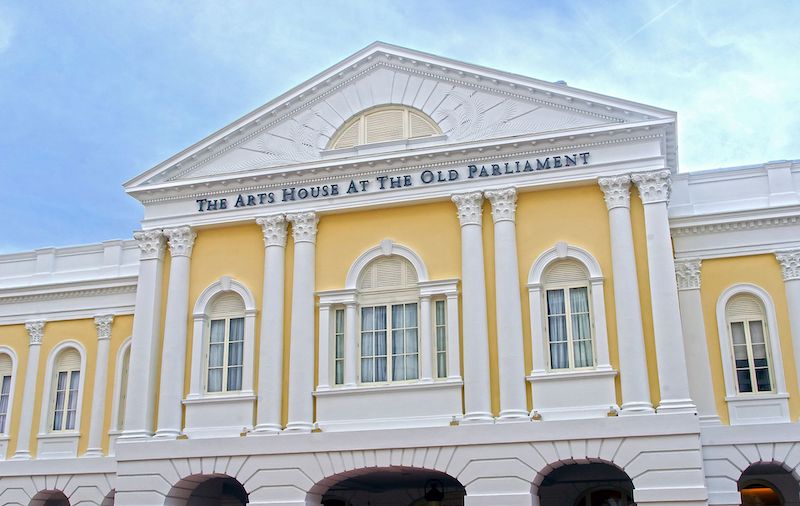
Completed in 1827 as the only merchant’s home on the administrative northern bank of the Singapore River, this is the oldest surviving public building in Singapore.
The building served as the seat of the Legislative Assembly from 1955 to 1963 and was representative of the life and struggles of Singaporeans on the road towards independence.
After Singapore’s independence on 9 August 1965, the building was renamed Parliament House. Today, the building is affectionately referred to as The Arts House at the Old Parliament. It is a venue for multidisciplinary arts programmes and festivals, with a focus on the literary arts, celebrating the works of written and spoken word artists from Singapore and beyond.
• Victoria Theatre & Victoria Concert Hall
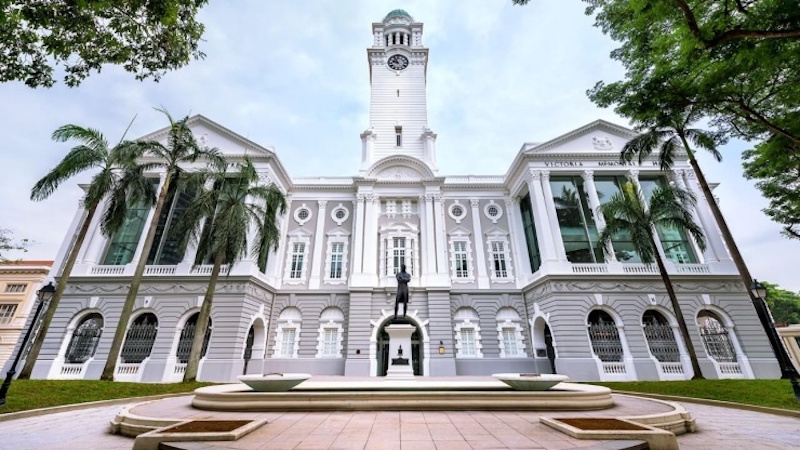
Established in 1862, Singapore’s oldest performing arts facility began as the settlement’s Town Hall. In the early 20th century, a Memorial Hall was built and linked to the Town Hall via a clock tower. Renamed Victoria Theatre and Memorial Hall, the complex later served as a hospital for air-raid victims during World War II.
These halls witnessed key milestones in Singapore’s journey towards nationhood. The milestones include the counting of ballot papers for Singapore’s first elections in 1948; public meetings of the Rendel Commission from 1953 to 1954 that paved the way for internal self-rule; and the first performance of Majulah Singapura, written by Zubir Said in 1958. The song was adapted as Singapore’s National Anthem in 1959.
The building underwent several renovations over the years and reopened as the Victoria Theatre & Victoria Concert Hall in July 2014. Today, the neo-classical style building is also the home of the Singapore Symphony Orchestra.


